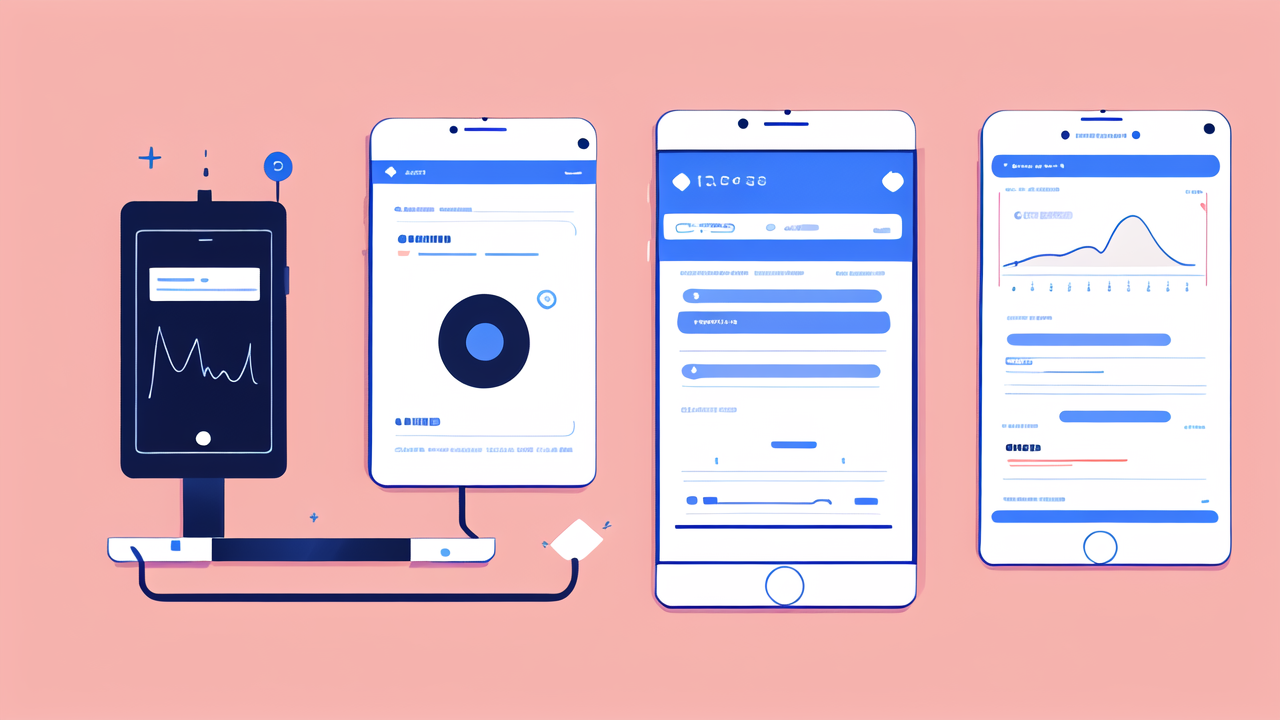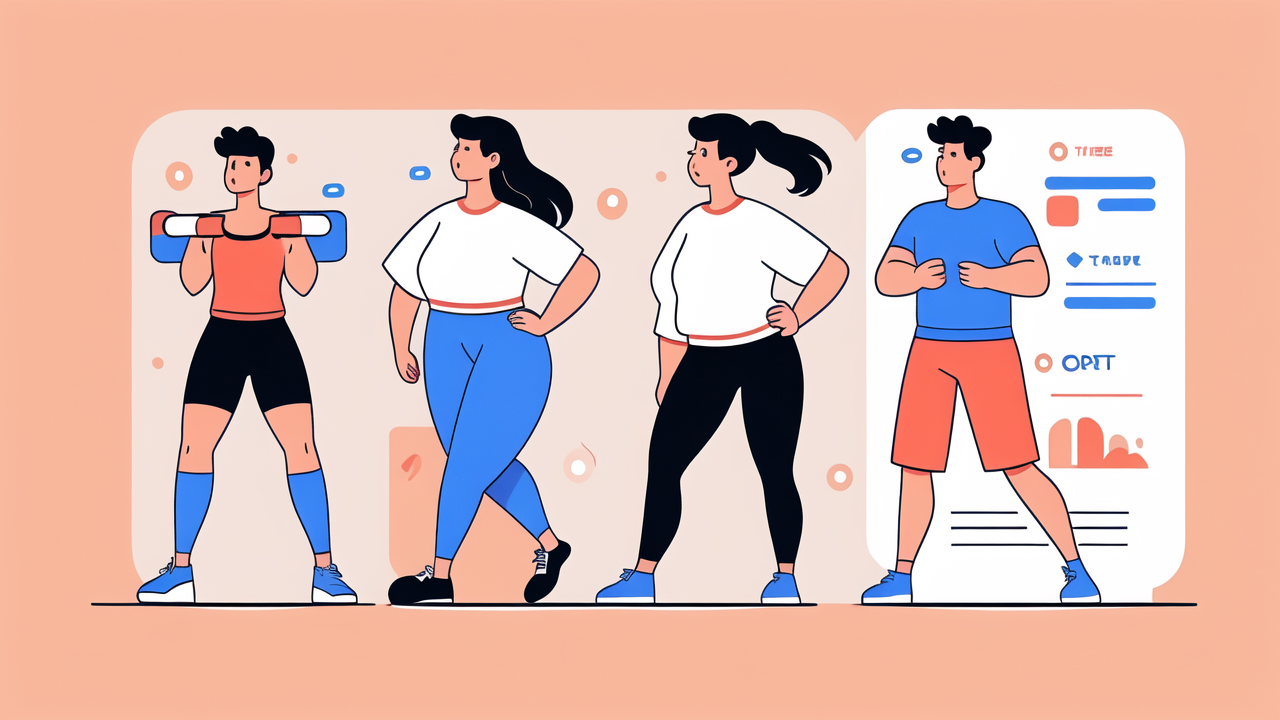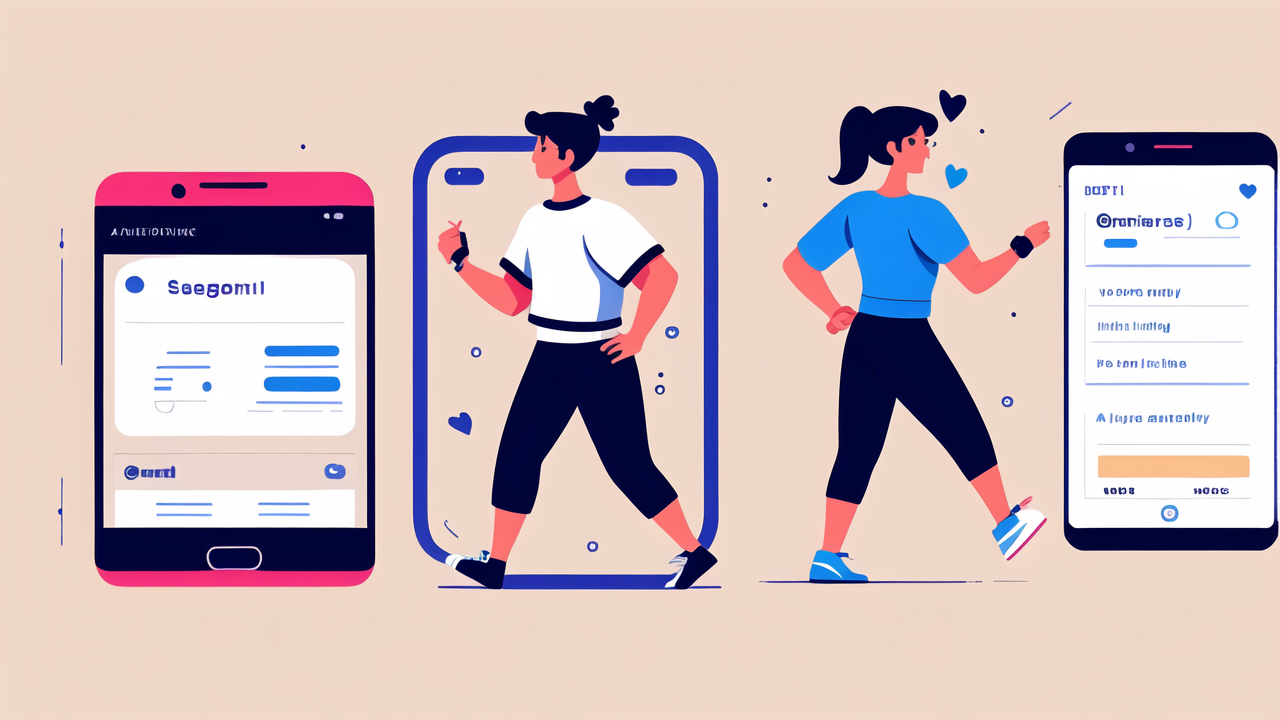The Evolution of Health Monitors: From Traditional Devices to Smart Technology
Historical Overview of Health Monitors
Health monitors have come a long way since their inception. Early devices were simple and limited. They often measured just one or two vital signs. The first blood pressure monitor was invented in 1881. It was bulky and not very accurate. Heart rate monitors appeared in the 1970s. They were used mainly by athletes. These early devices were standalone and not connected to any network.

As technology advanced, health monitors became more sophisticated. Digital thermometers replaced mercury ones in the 1990s. They were faster and safer to use. Glucose monitors for diabetics also improved. They became smaller and more user-friendly. However, these devices still required manual tracking and interpretation of data.
The Integration of Smart Technology in Personal Health
The rise of smart technology has revolutionized health monitoring. Smartphones and wearables have become powerful health tools. They can track multiple health metrics in real-time. Smart watches, in particular, have become popular health monitors. They combine the functions of traditional devices into one compact unit.
These smart devices use advanced sensors to collect data. They can measure heart rate, blood oxygen levels, and even ECG. Some can detect falls or irregular heart rhythms. The data is then processed and displayed on the device or a connected app. This integration makes health monitoring more accessible and convenient for users.
Key Drivers Behind the Popularity of Smart Health Devices
Several factors have contributed to the growing popularity of smart health devices. Firstly, there's increased awareness about personal health. People want to take control of their wellness. Smart devices provide easy access to health data. This empowers users to make informed decisions about their lifestyle.
Secondly, the accuracy of these devices has improved significantly. Many are now comparable to medical-grade equipment. This has increased trust among users and healthcare professionals. The convenience factor is also crucial. Smart watches can monitor health 24/7 without much effort from the user.
Lastly, the COVID-19 pandemic has accelerated the adoption of these devices. People became more health-conscious. Remote health monitoring became essential. Smart health devices filled this need perfectly. They allowed users to track their health at home and share data with doctors remotely.
Understanding the Features of Top Health Monitors
Analyzing the Most Important Health Monitor Metrics
Modern health monitors track a wide range of metrics. Here are some of the most important ones:

- Heart Rate: This measures how fast your heart is beating.
- Blood Pressure: It shows the force of blood against artery walls.
- Blood Oxygen Level: This indicates how much oxygen your blood is carrying.
- Sleep Quality: It tracks your sleep patterns and duration.
- Step Count: This measures your daily physical activity.
- Calories Burned: It estimates the energy you've used throughout the day.
- Stress Level: Some devices can measure stress based on heart rate variability.
These metrics provide a comprehensive view of your health. They can help identify potential issues early. For example, consistently high heart rates might indicate stress or a heart problem. Low step counts could motivate you to be more active.
Advanced Features of Modern Health Monitors
Smart health monitors offer features beyond basic metric tracking. Many now include:
- ECG (Electrocardiogram): This can detect irregular heart rhythms.
- Fall Detection: It can alert emergency services if you have a bad fall.
- Menstrual Cycle Tracking: Helps women monitor their reproductive health.
- Noise Level Monitoring: Alerts you to potentially damaging sound levels.
- Skin Temperature: Can help detect fevers or changes in body temperature.
- GPS Tracking: Useful for outdoor activities and emergency situations.
- Guided Breathing Exercises: Helps manage stress and anxiety.
These advanced features turn health monitors into comprehensive wellness tools. They not only track health but also actively help improve it. For instance, guided breathing can help reduce stress. Fall detection provides safety for elderly users.
How Health Monitors Enhance User Experience and Compliance
Health monitors have significantly improved user experience in health management. They make tracking health metrics effortless and even fun. Many use gamification to encourage users to meet health goals. This could be through badges, streaks, or competitions with friends.
These devices also improve compliance with health regimens. They can send reminders for medication or exercise. Some can even detect when you're sitting for too long and prompt you to move. The ability to see progress over time is highly motivating. It encourages users to stick to their health goals.
Data visualization is another key feature. Complex health data is presented in easy-to-understand graphs and charts. This makes it simple for users to spot trends and patterns in their health. It also facilitates better communication with healthcare providers. Users can share detailed health reports with their doctors.
Implementing Health Monitors in Daily Life: Strategies and Best Practices
Maximizing the Benefits of Health Monitors for Wellness
To get the most out of health monitors, it's important to use them consistently. Wear your device regularly to collect comprehensive data. This allows for more accurate trends and insights. Set realistic health goals based on your current fitness level. Use your monitor to track progress towards these goals.

Familiarize yourself with all the features of your device. Many users only scratch the surface of what their health monitors can do. Explore the accompanying app thoroughly. It often contains valuable insights and tips. Pay attention to the trends in your data, not just daily fluctuations.
Use the data to make informed lifestyle changes. If your sleep quality is poor, adjust your bedtime routine. If your stress levels are high, incorporate more relaxation techniques. Remember, the monitor is a tool to help you improve your health. It's up to you to act on the information it provides.
Integrating Health Monitors into Lifestyle and Routine
Make your health monitor a seamless part of your daily routine. Charge it regularly, preferably at a time when you're not usually active. This could be while you're working at a desk or watching TV in the evening. Sync your device with your smartphone daily to ensure all data is up to date.
Use the alerts and reminders to your advantage. Set up notifications for things like moving regularly or drinking water. Customize the device to fit your specific health needs. If you have a chronic condition, focus on the relevant metrics. For example, diabetics should pay close attention to activity levels and heart rate.
Incorporate your health monitor into your fitness routine. Use it to track workouts and monitor your recovery. Many devices can automatically detect different types of exercises. This feature can help you maintain a balanced fitness regimen. Share your achievements with friends or on social media for extra motivation.
Overcoming Common Challenges in Health Monitor Usage
One common challenge is maintaining long-term use. The novelty can wear off after a few weeks. To combat this, regularly set new health goals. Join online communities or challenges related to your device. This can provide ongoing motivation and support. Remember why you started using the monitor in the first place.
Data accuracy can sometimes be an issue. Ensure your device fits properly for the best results. Follow the manufacturer's guidelines for placement and use. If you're concerned about accuracy, compare the results with medical devices occasionally. Remember that consumer-grade monitors may not be as precise as medical equipment.
Privacy concerns are another challenge. Health data is sensitive information. Choose a reputable brand with strong data protection policies. Understand what data is being collected and how it's used. Use strong passwords and two-factor authentication for your accounts. Be cautious about sharing your health data on social media or with third-party apps.
Lastly, don't become overly reliant on your health monitor. It's a tool, not a substitute for medical advice. If you notice concerning trends or sudden changes in your health metrics, consult a healthcare professional. Use your health monitor as part of a holistic approach to wellness, not as your sole guide to health.




Leave a comment
This site is protected by hCaptcha and the hCaptcha Privacy Policy and Terms of Service apply.